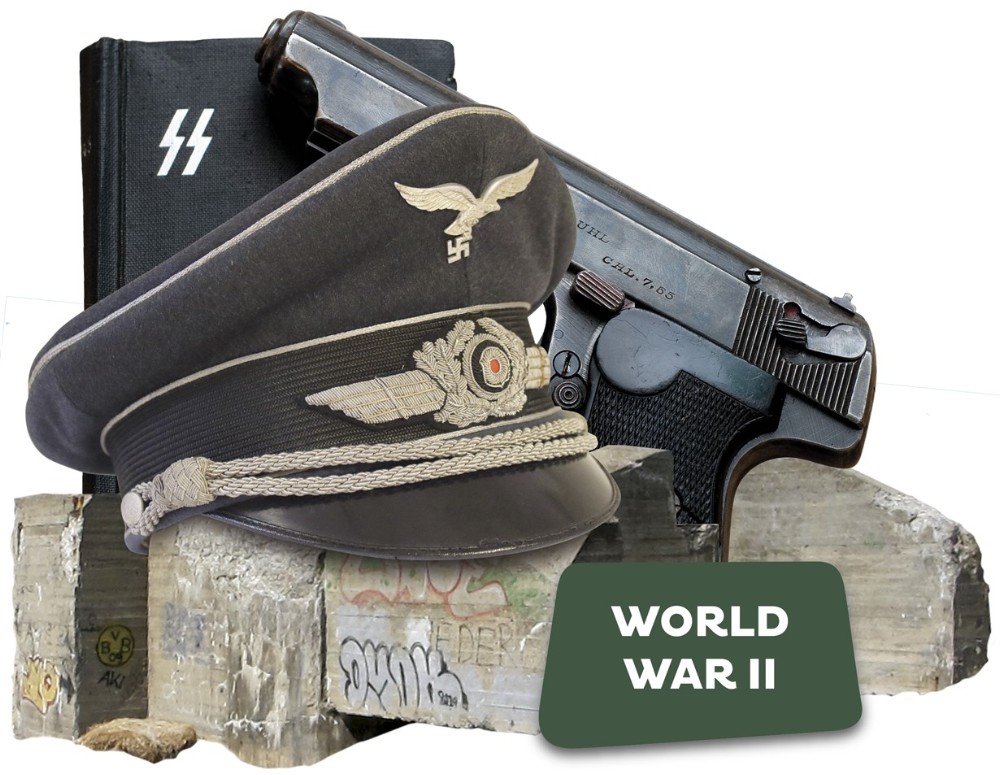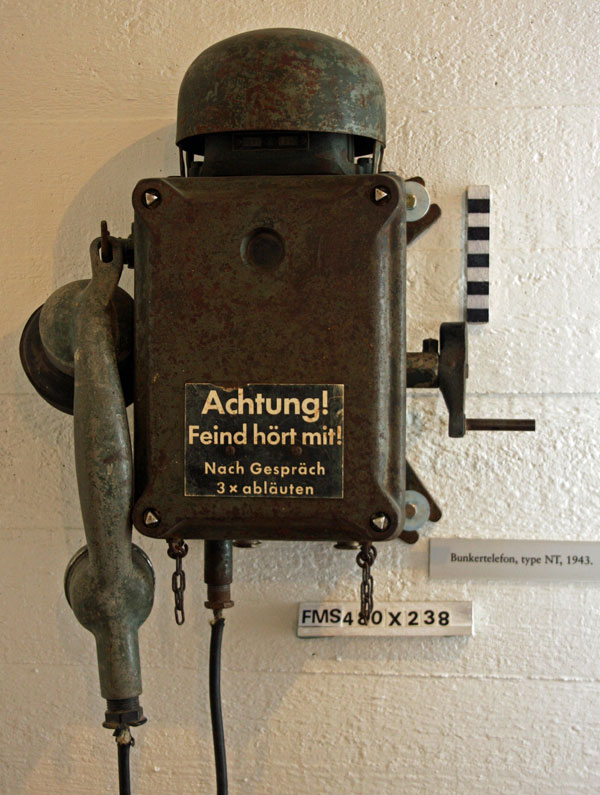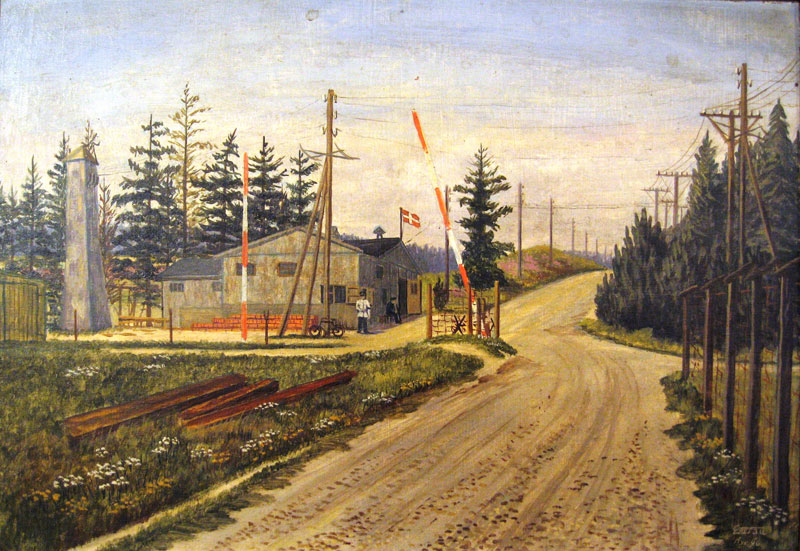
The Germans were active in most parts of Denmark, including the part of Jutland which is today the Central Denmark Region. Crossing Jutland from west to east you will pass sites telling their story of the presence of German occupation. If you visit and explore them, whether they are museums, memorial sites, or monuments in concrete and steel, you will soon discover that the past holds many a fascinating, terrifying, and – for current Danish generations – immediately meaningful stories.

The Skanderborg Bunkers
The Danish headquarters for the German Luftwaffe was located in Skanderborg during 1944–45. In the two Luftwaffe command bunkers there is a museum today. In one of the bunkers the exhibition portrays life in Denmark during the occupation from a local point of view under the headlines: 9th April (date of the invasion); policy of cooperation; resistance; help from outside; everyday-life; and liberation. There are parachutes, containers dropped for the resistance, emergency cookers, and rationing, portraying everyday-life during the occupation.
The other museum section portrays the Luftwaffe's activities in Skanderborg. The generals are portrayed, the building of the bunkers is described, and there is a large collection of arms. There is also one of the rare examples of the Enigma cipher machine, the decoding capabilities of which helped to shorten the war whilst also creating the foundation for the modern computer.
The final theme of the exhibition is about the German refugees who lived here during 1945–46. Their conditions of life are portrayed through photographs and recollections.

Gl. Rye Mølle museum
The Gl. Rye Mølle museum which is housed in an old grain mill tells a fascinating story about the airfield by the Salten Langsø lake which was occupied by the Germans during the occupation and subsequently used as a refugee camp for German refugees.

